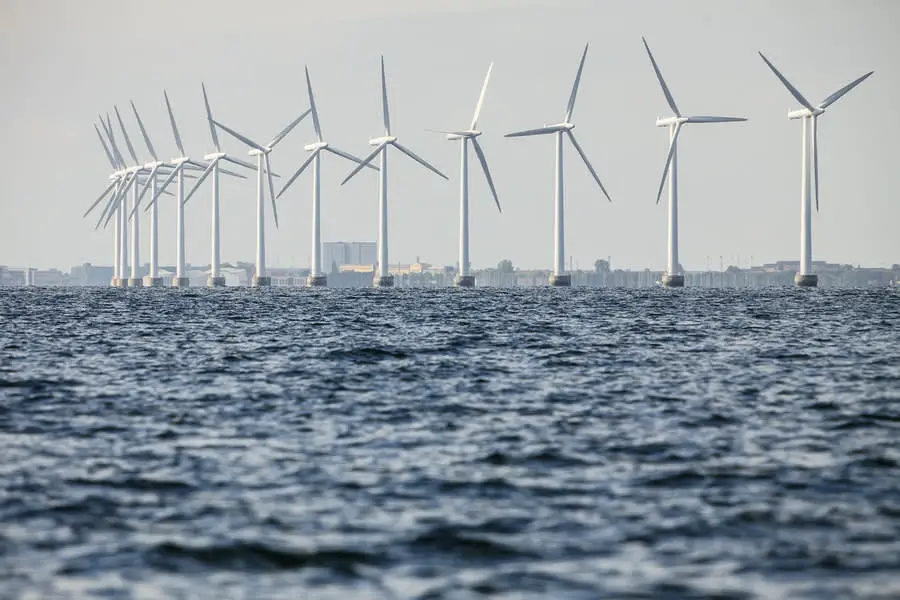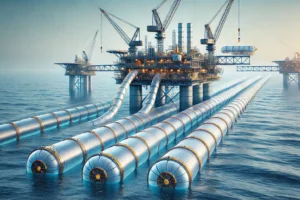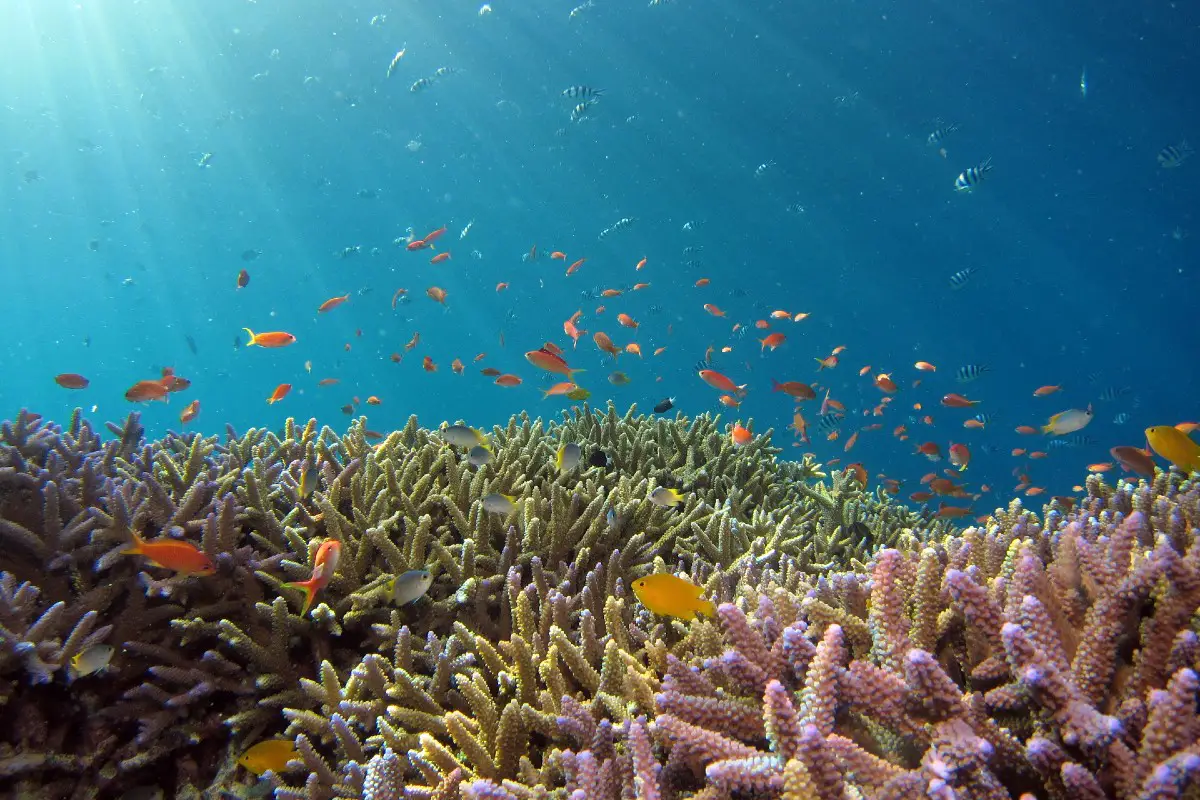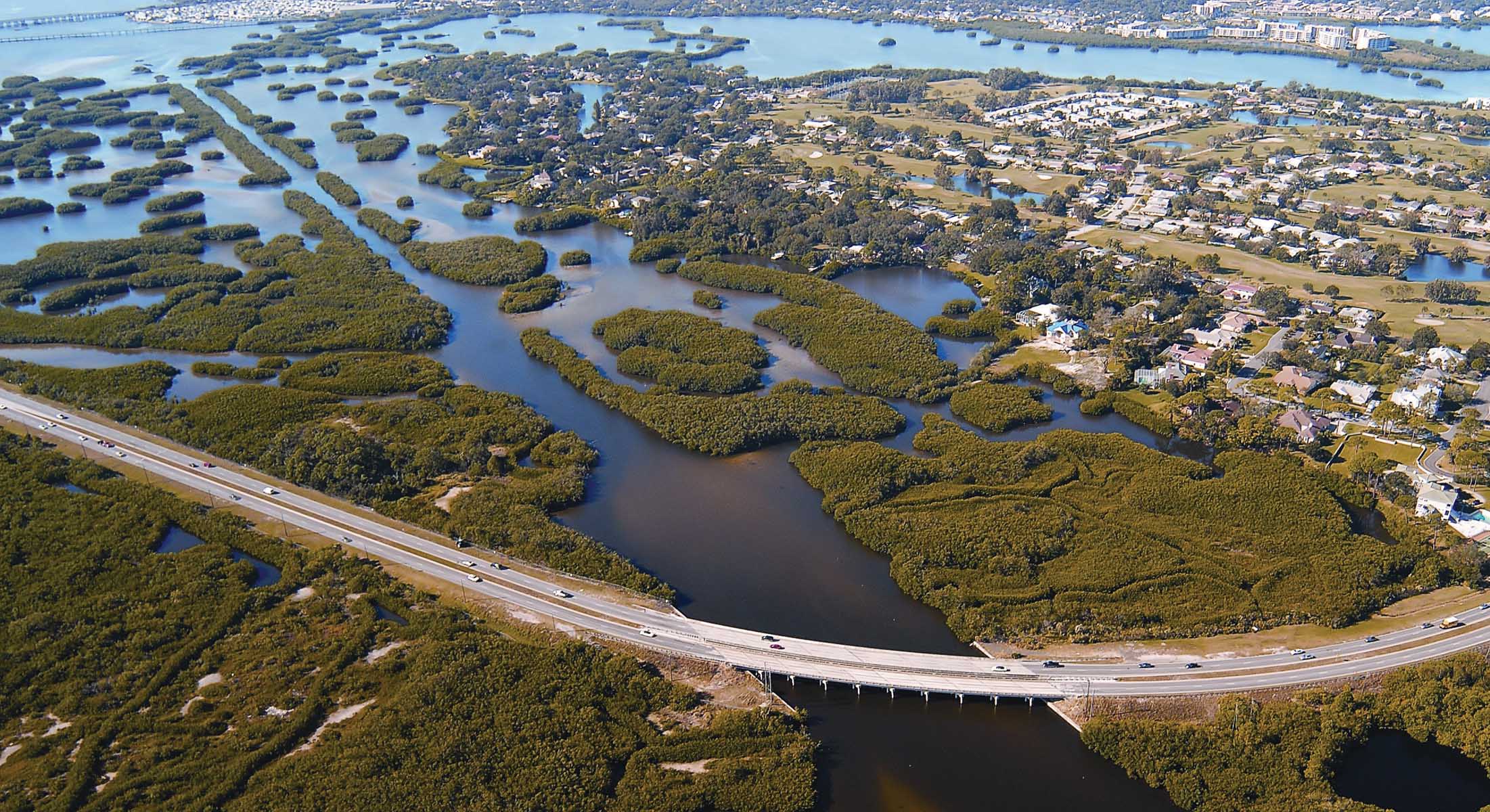Offshore energy refers to the generation of electricity from sources such as wind, wave, and tidal power that are located in the ocean. Advancements in technology have made it possible to generate power more efficiently and cost-effectively from these sources.
One area of advancement is in the design and construction of offshore wind turbines. Larger turbines with longer blades are being developed, which allows them to generate more power with fewer turbines. Additionally, floating turbine technology is being developed, which allows turbines to be placed in deeper waters where the wind is stronger.
Another area of advancement is in wave and tidal energy. New technologies such as wave energy converters and tidal turbines are being developed that can convert the motion of waves and tides into electricity more efficiently.
Offshore energy also includes offshore oil and gas industry. Advancements in drilling technology and the use of automation have made it possible to extract resources from deeper waters and more challenging environments. Overall, the advancement in offshore energy technologies is helping to make it a more viable source of renewable energy and reducing the cost of electricity generated from offshore sources.
What is Offshore Energy Production?

Offshore energy production refers to the generation of electricity or the extraction of natural resources from areas located in the ocean or sea. This can include wind, wave, tidal, and thermal energy from the ocean, as well as oil, gas, and mineral extraction from the seabed. Offshore energy production can take place in both shallow and deep waters, and may be carried out using a variety of technologies, such as wind turbines, tidal turbines, and drilling platforms.
Offshore energy production can provide a number of benefits, such as a greater potential for renewable energy generation, less land use, and reduced visual and noise pollution compared to onshore production. Additionally, offshore wind resources tend to be stronger and more consistent than onshore resources, which can increase the efficiency and effectiveness of wind energy production.
However, there are also potential challenges and drawbacks to offshore energy production. For example, the cost of building and maintaining offshore facilities can be high, and the harsh marine environment can make operations more difficult and expensive. Additionally, offshore energy production can have negative impacts on marine ecosystems and wildlife, and can also be affected by severe weather events such as storms and hurricanes.
The most common form of offshore energy production is offshore wind energy, which is becoming increasingly popular worldwide. Offshore wind energy is more consistent and strong than onshore wind energy, which can make it more efficient for generating electricity. Offshore drilling and oil production are also common practices in certain countries and regions, such as the Gulf of Mexico and the North Sea.
Advancement in Offshore Production
Advancements in offshore production refer to the technologies and techniques used to extract oil and natural gas from beneath the ocean floor. These advancements have made it possible to extract resources from deeper waters, more remote locations, and in more challenging environments. Some of the key areas of advancement in offshore production include:
- Drilling technology: New drilling techniques and technologies have been developed that allow for more efficient and cost-effective drilling in deep waters. For example, horizontal drilling and extended reach drilling allow for the drilling of longer and more complex wellbores.
- Subsea production systems: Advancements in subsea production systems have made it possible to extract resources from depths of several thousand meters below the ocean surface. These systems include subsea wellheads, subsea production trees, and subsea umbilicals.
- Automation and Remote Operations: Automation and remote operations have been developed to improve the safety, efficiency and cost of offshore production. The use of robotics, automation, and artificial intelligence (AI) is increasing to control and monitor the production process remotely.
- Advanced techniques for reservoir management: Reservoir management techniques such as 4D Seismic, Reservoir simulation and modeling, and enhanced oil recovery (EOR) methods have been developed to optimize production and increase recovery rates.
These advancements in offshore production technologies have made it possible to extract resources from increasingly challenging environments and at greater depths, increasing the overall efficiency and cost-effectiveness of offshore production.

What is Offshore Energy Storage
Offshore energy storage refers to the process of storing energy generated from offshore sources, such as wind or wave power, in batteries or other forms of storage, located on offshore platforms or on land connected to offshore facilities. The stored energy can then be used to supply power to the grid during times of high demand, or when the offshore energy source is not available.
Offshore energy storage can help to make offshore energy production more reliable and efficient, by allowing energy to be stored and used when it is needed most. Additionally, it can also help to reduce the need for fossil fuel-based power generation and decrease dependence on fossil fuels.
Offshore energy storage also comes with its own set of challenges. For example, it can be difficult and costly to install and maintain storage systems in offshore environments, and the costs of the technology itself can be high. Additionally, offshore energy storage can have negative impacts on marine ecosystems and wildlife.
Advancement in Offshore Energy Storage
Advancements in offshore storage refer to the technologies and techniques used to store oil and natural gas in offshore locations. Offshore storage is typically used for long-term storage of large quantities of hydrocarbons, such as in oil and gas fields, or as a temporary storage solution during the transportation of oil and gas. Some of the key areas of advancement in offshore storage include:
- Floating storage and offloading (FSO) vessels: FSO vessels are used to store and offload oil and gas in offshore locations. These vessels are equipped with storage tanks, loading and offloading systems, and other equipment necessary for the storage and transportation of hydrocarbons.
- Subsea storage: Subsea storage involves the use of subsea tanks or caverns to store oil and gas. These storage solutions are typically located in deeper waters, and can be used to store large quantities of hydrocarbons for long periods of time.
- Underground storage: Underground storage involves injecting natural gas into underground rock formations to store it for later use. This method is being researched as a way to store natural gas for long periods of time, for example for seasonal energy use.
- Carbon capture and storage (CCS): CCS is an emerging technology that captures CO2 emissions from power plants and other industrial facilities, and then transports and stores them underground in geological formations. This technology is being researched as a way to reduce greenhouse gas emissions.
These advancements in offshore energy production and storage are helping to make it more efficient, cost-effective and sustainable. The use of technology such as automation and data analytics, and the use of advanced materials and corrosion-resistant coatings, are helping to improve the safety and environmental performance of the industry.
Advantage and Disadvantage of Offshore Energy Production and Storage
There are several advantages and disadvantages of offshore energy production and storage.
Some of the key advantages include:
- Access to more resources: Offshore energy production and storage allows for the extraction of resources from areas that may not be accessible from onshore locations, such as deeper waters and more remote locations.
- More efficient production: Offshore production and storage allows for the use of larger and more advanced equipment, which can lead to more efficient extraction and storage of hydrocarbons.
- Stronger wind and wave resources: Offshore wind and wave energy production allows for the generation of more electricity due to stronger wind and wave resources found in the ocean.
- Reduced environmental impact: Offshore production and storage can have a lower environmental impact than onshore production and storage because it is located away from populated areas and sensitive ecosystems.

Disadvantages of offshore energy production and storage, including:
- High costs: Offshore energy production and storage can be more expensive than onshore production and storage due to the cost of building and maintaining equipment in the offshore environment.
- Technical challenges: Offshore energy production and storage can be technically challenging due to the harsh conditions of the offshore environment, such as high pressure, high temperatures, and corrosive saltwater.
- Safety risks: Offshore energy production and storage can pose safety risks to workers and the environment due to the potential for accidents, spills, and leaks.
- Public opposition: Offshore energy production and storage can face public opposition due to concerns about the environmental impact and the visual impact of turbines and platforms.
- Decommissioning: Decommissioning offshore production and storage equipment can be complex, expensive and time-consuming, and requires specialized technology and expertise.
Offshore energy production and storage has the potential to provide a significant source of energy, but it also comes with its own set of unique challenges and considerations, including cost, safety, environmental impacts, and public perception.
Impact of Offshore Energy
The impact of offshore energy production can vary depending on the specific type of energy being produced, as well as the location and scale of the project. Some potential impacts include:
- Environmental: Offshore energy production can have negative impacts on marine ecosystems and wildlife. For example, construction and operation of offshore wind farms can disrupt marine habitats and kill or injure marine animals. Oil and gas drilling can also have negative impacts on marine ecosystems, such as oil spills and pollution.
- Economic: Offshore energy production can have both positive and negative impacts on local economies. For example, it can create jobs and economic development in coastal communities, but it can also lead to the displacement of fishing and tourism industries.
- Social: Offshore energy production can also have social impacts, such as changes to coastal communities and the displacement of local residents. Additionally, offshore energy projects can be controversial, and may lead to opposition from local residents and community groups.
- Technological: Offshore energy production can be challenging and costly, due to the harsh marine environment and the need for specialized equipment and technology. Additionally, it is difficult and costly to install and maintain storage systems in offshore environments, and the costs of the technology itself can be high.
- Political: Offshore energy production can be subject to a complex web of regulations, laws, and policies at the local, regional, and national levels. These can include permitting, leasing, and zoning regulations, as well as laws and policies related to environmental protection and wildlife conservation.
Offshore energy production can provide a number of benefits, such as a greater potential for renewable energy generation, less land use, and reduced visual and noise pollution compared to onshore production. However, it also comes with its own set of challenges and potential negative impacts. Careful planning, monitoring, and mitigation measures can help to minimize these impacts and ensure that the benefits of offshore energy production are realized while minimizing negative impacts. It can help to make offshore energy production more reliable and efficient, but it also comes with its own set of challenges such as high costs and negative impacts on marine ecosystems and wildlife.









